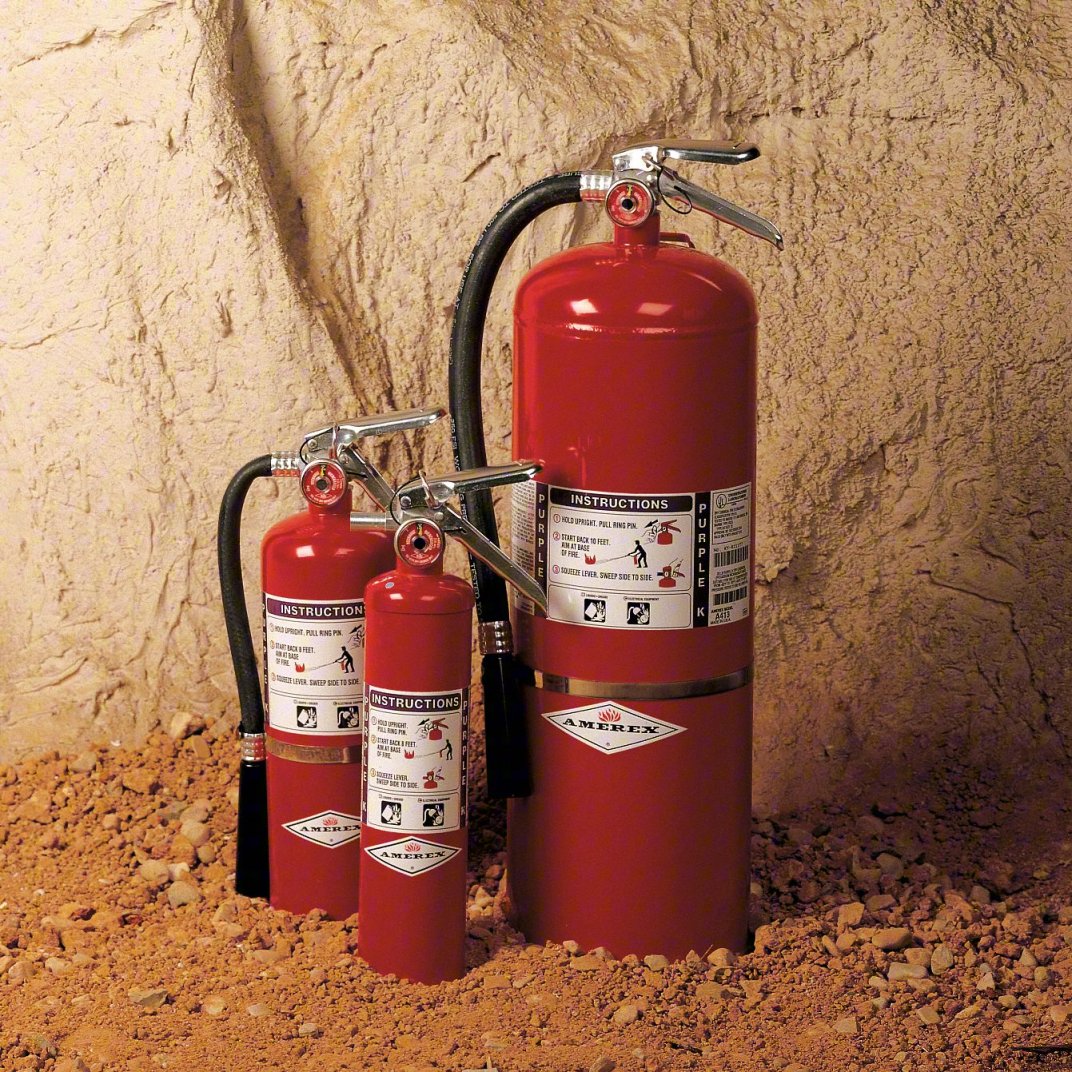Fire safety is a critical skill that everyone should possess. In the event of a small fire, having a fire extinguisher and knowing how to use it can make all the difference between a minor incident and a major disaster. It is important to remember that fire extinguishers are only for small fires that you know you can handle. Any other fire, you should evacuate, call 9-1-1, and let the firefighters extinguish the fire. To help you remember the steps for using a fire extinguisher effectively, we use the acronym “PASS.” In this blog post, we’ll break down what PASS stands for and how to apply it in a fire emergency.
P – Pull the Pin: The first step in using a fire extinguisher is to pull the pin. This pin is usually located near the top of the extinguisher and prevents accidental discharge. To remove it, simply grab the pin firmly and pull it out. This action will unlock the extinguisher, allowing you to use it.
A – Aim at the Base of the Fire: Once the pin is removed, the next step is to aim the nozzle of the fire extinguisher at the base of the fire. The base is where the fuel source is burning, and targeting it is crucial to effectively extinguish the flames. Be sure to stand at a safe distance from the fire while aiming. If grease or flammable liquids are the source of the fire, be careful for splashing or a flare-up when the extinguishing agent hits the liquid.
S – Squeeze the Handle: After aiming the nozzle at the base of the fire, it’s time to squeeze the handle. The handle is usually located near the top of the extinguisher. When you squeeze it, it releases the fire-extinguishing agent inside the extinguisher. This agent is typically a dry chemical, foam, or carbon dioxide, depending on the type of extinguisher you’re using.
S – Sweep from Side to Side: The final step is to sweep the extinguishing agent from side to side across the base of the fire. This sweeping motion helps ensure that you cover the entire area of the fire and extinguish any remaining flames. Keep the extinguisher aimed at the base while sweeping, and continue until the fire is completely out. Be prepared for the possibility of the fire reigniting and repeat the process if necessary. Still call 9-1-1, so firefighter can help you ensure the fire is completely out and has not spread into a wall.
Additional Tips for Using a Fire Extinguisher:
- Before attempting to use a fire extinguisher, make sure you have called 9-1-1 or the appropriate emergency services. Safety should always be your top priority.
- Use the right type of fire extinguisher for the type of fire you are dealing with. Fire extinguishers are classified based on the type of fire they are designed to extinguish (e.g., Class A for ordinary combustibles, Class B for flammable liquids, Class C for electrical fires). Make sure you know which type you have and its intended use.
- Familiarize yourself with the location of fire extinguishers in your home, workplace, or any other location you frequently visit. Quick access to extinguishers can make a significant difference in an emergency.
Knowing how to use a fire extinguisher can be a lifesaving skill. The PASS acronym—Pull, Aim, Squeeze, Sweep—is a simple and effective way to remember the steps involved in using an extinguisher correctly. Remember to prioritize your safety, call for help, and use the appropriate type of extinguisher for the fire. By following these guidelines, you can help prevent small fires from becoming major disasters and protect yourself and those around you from harm.

Comments are closed